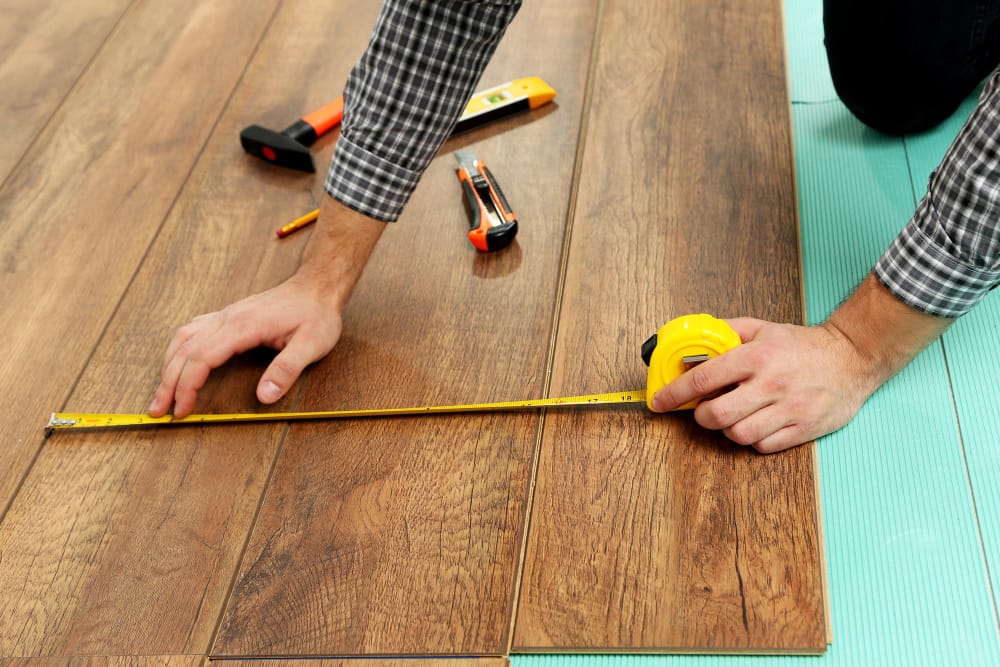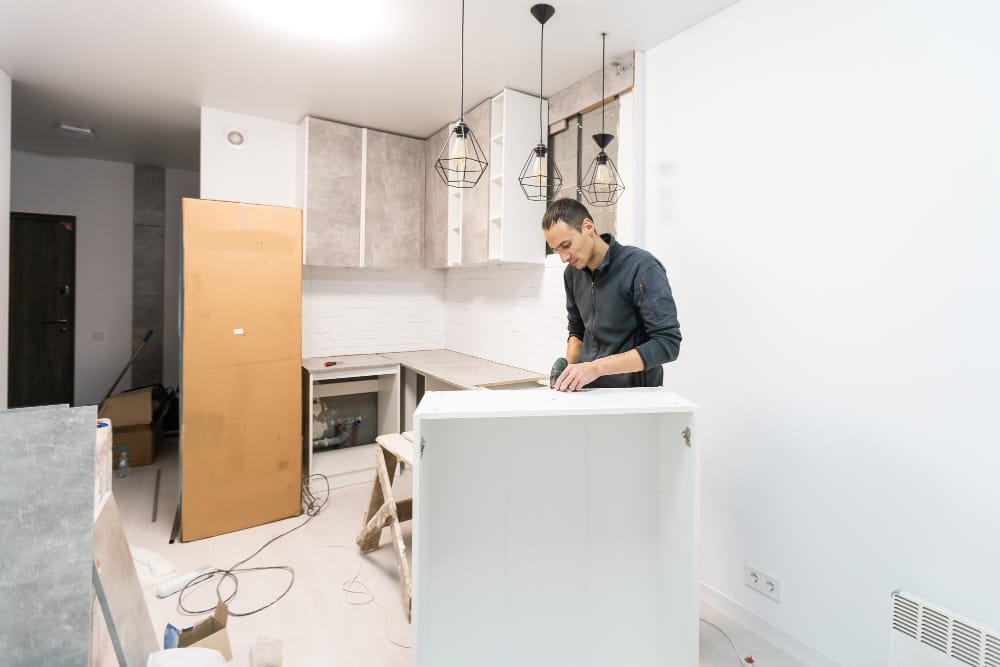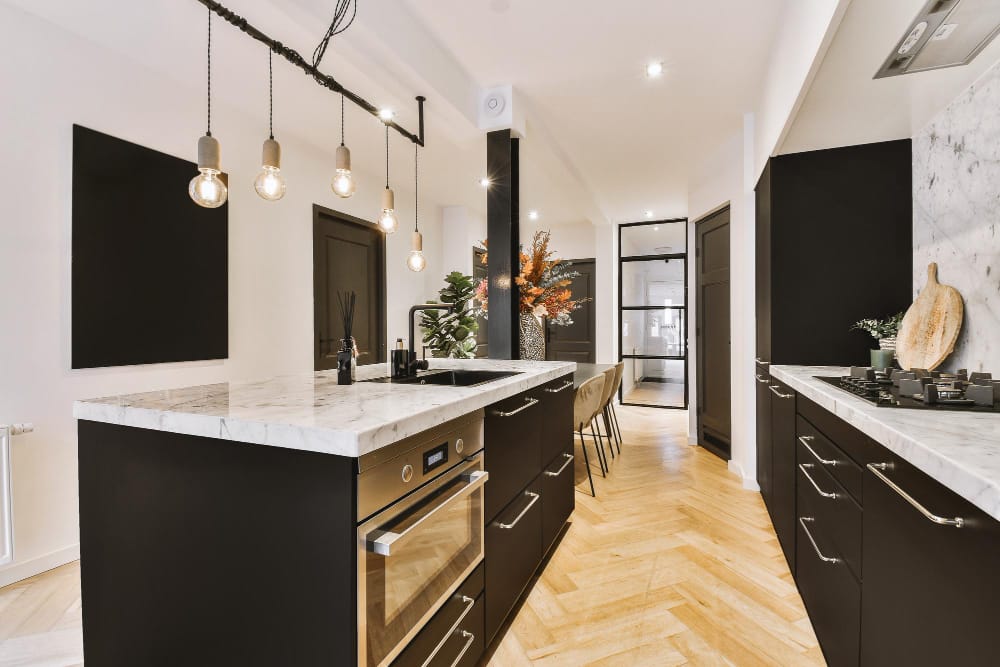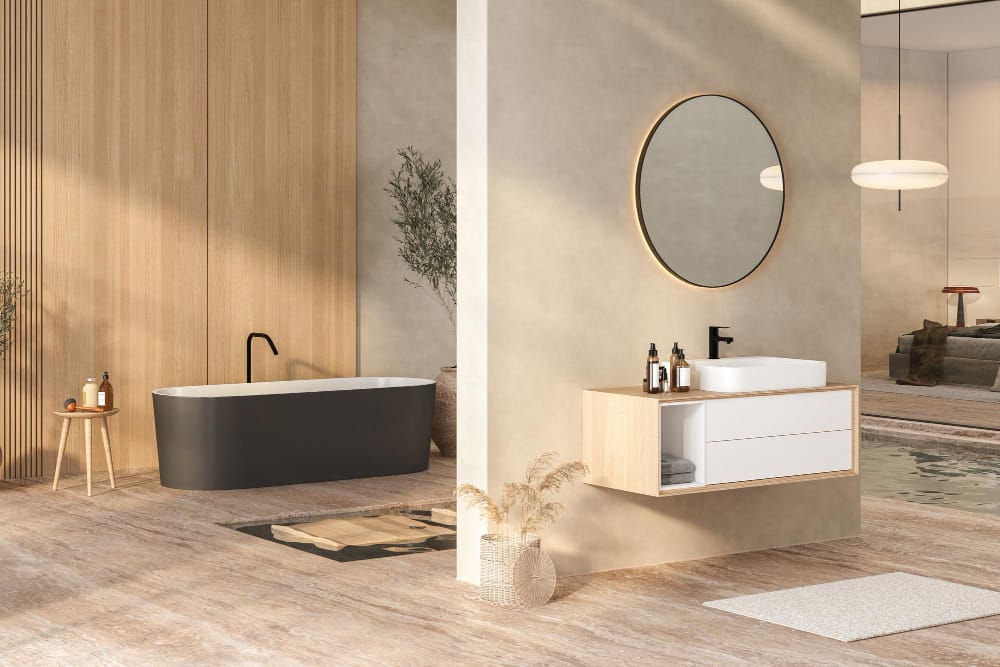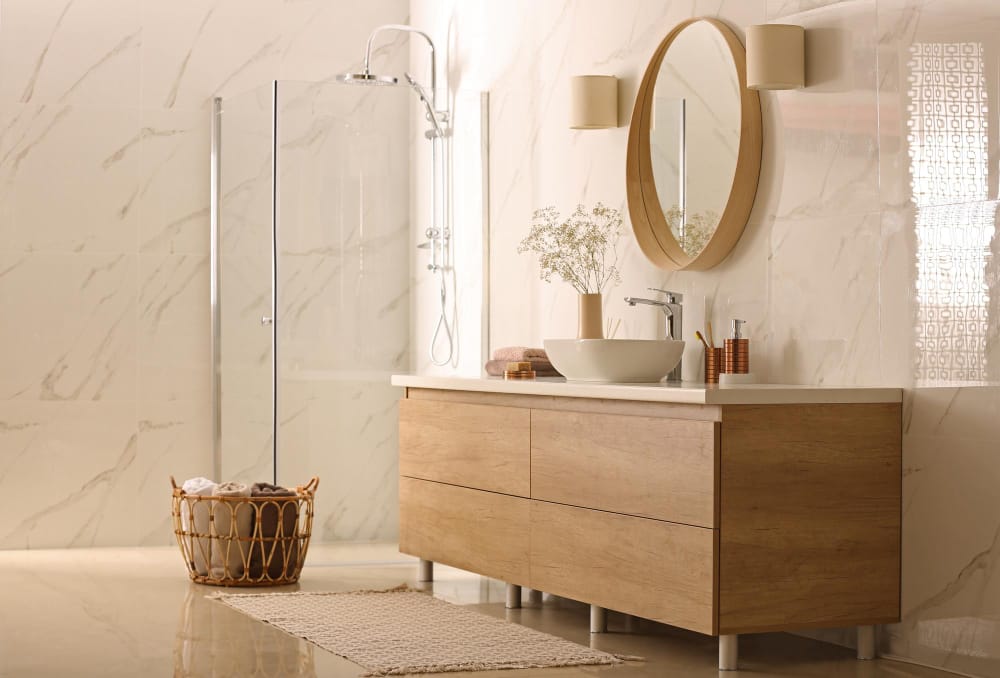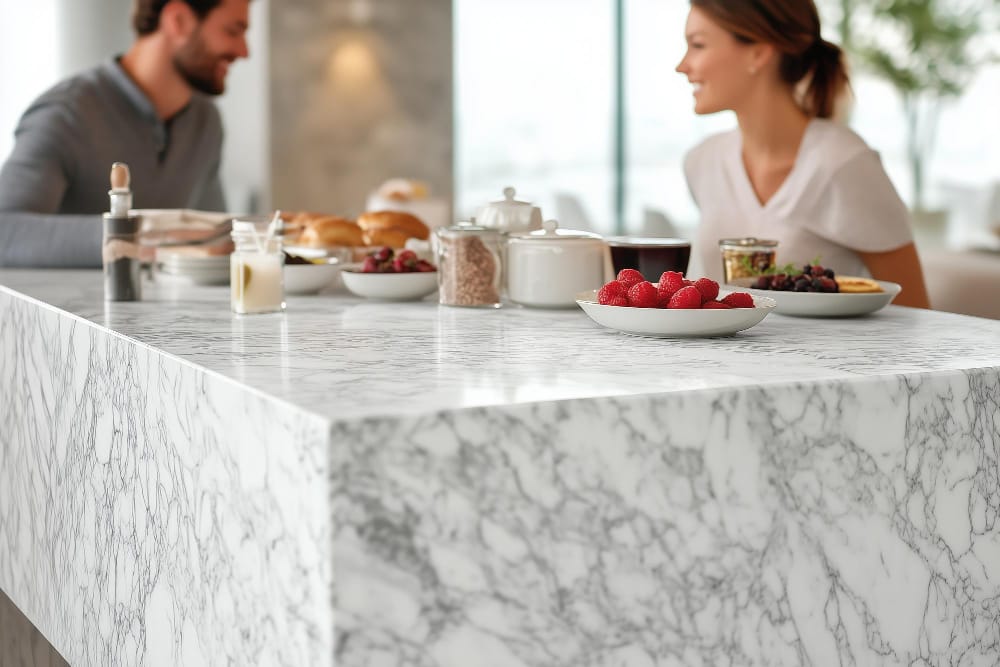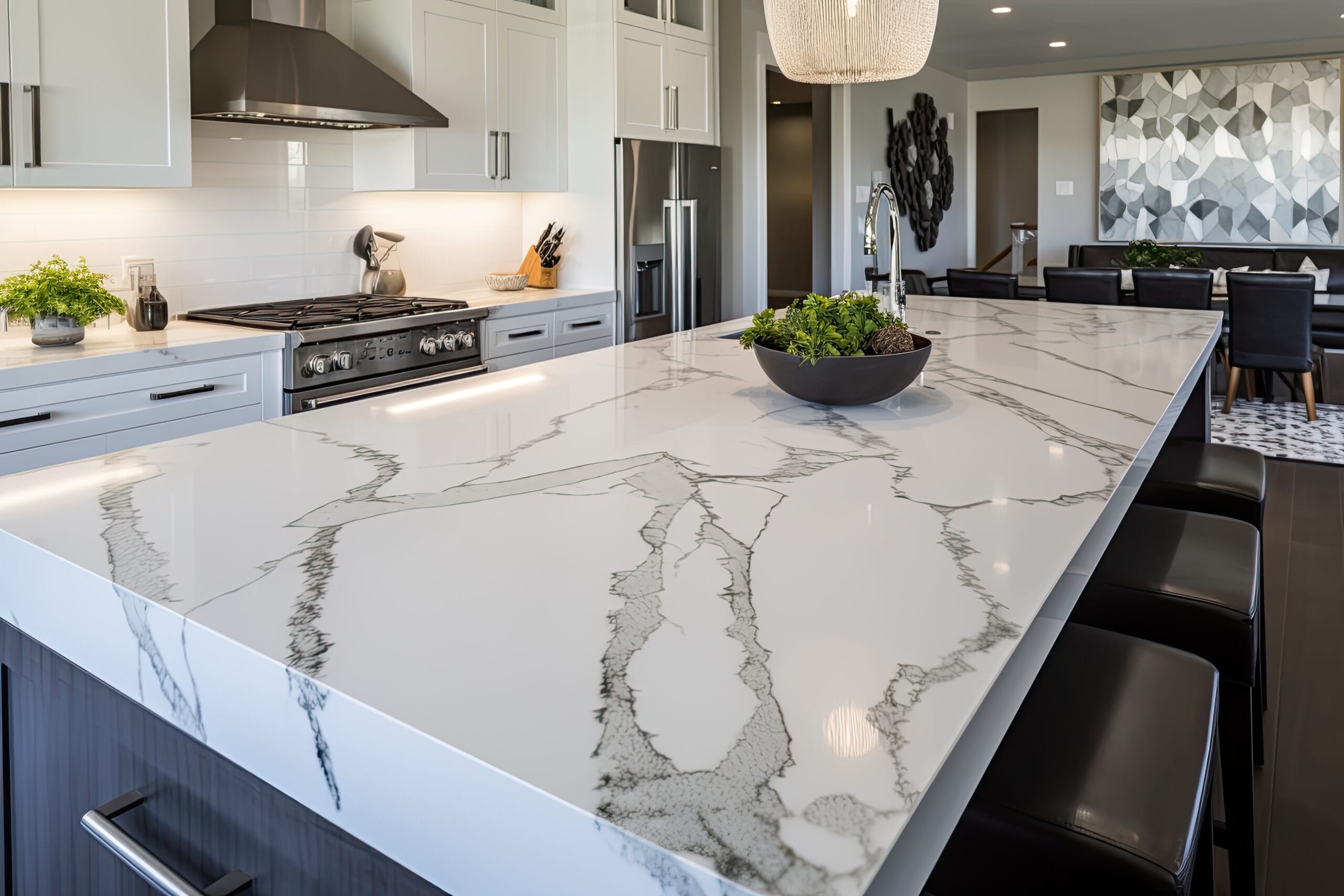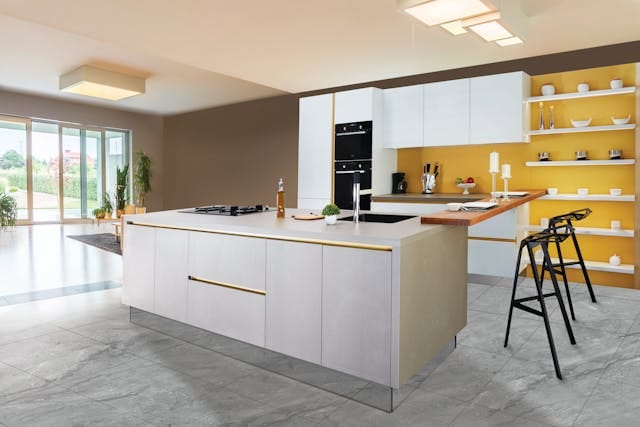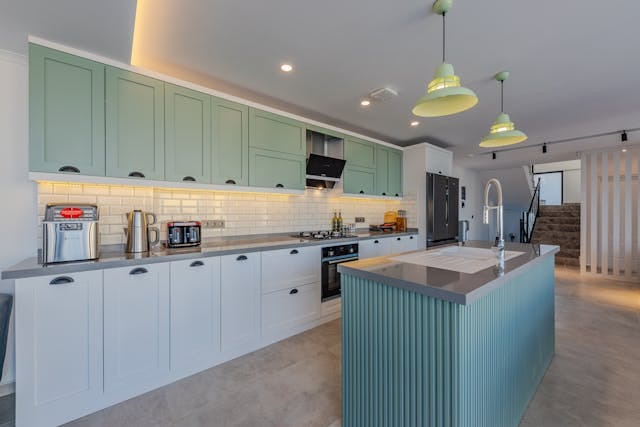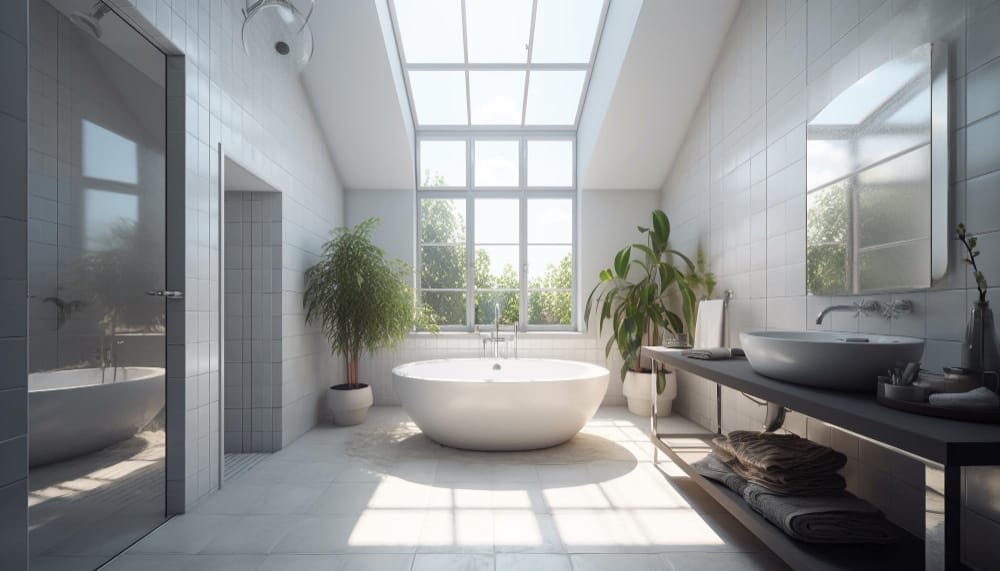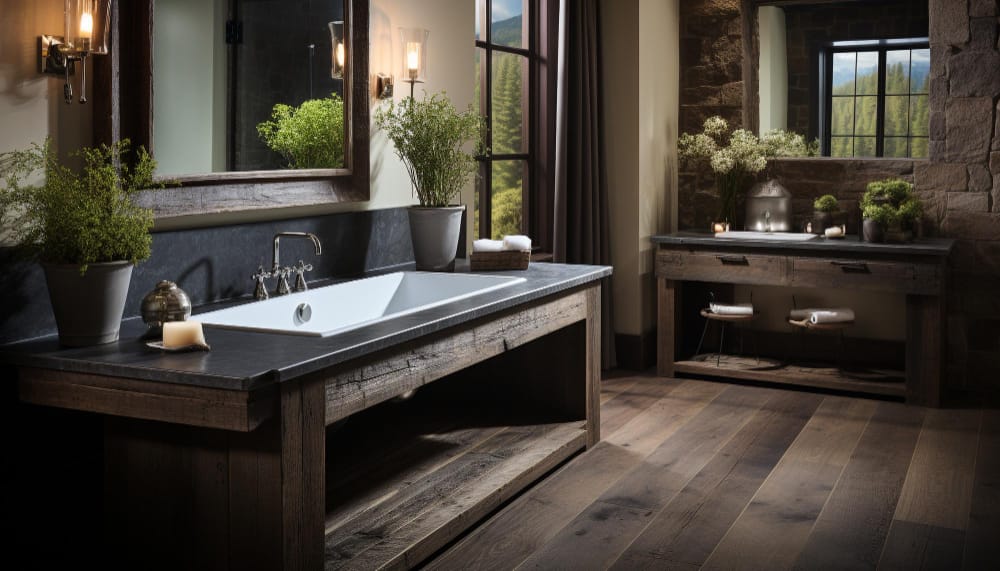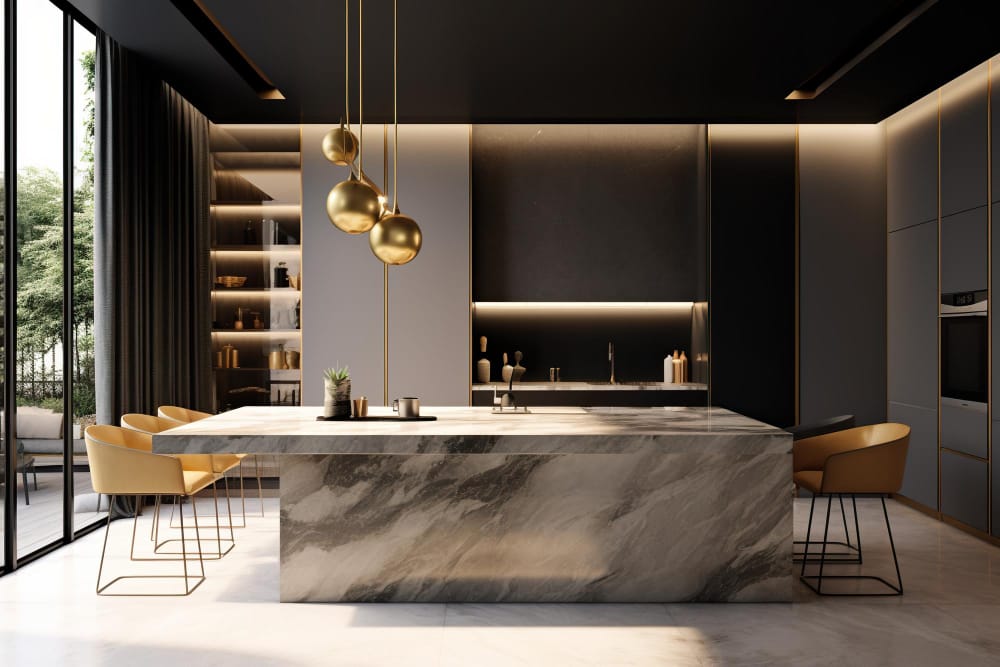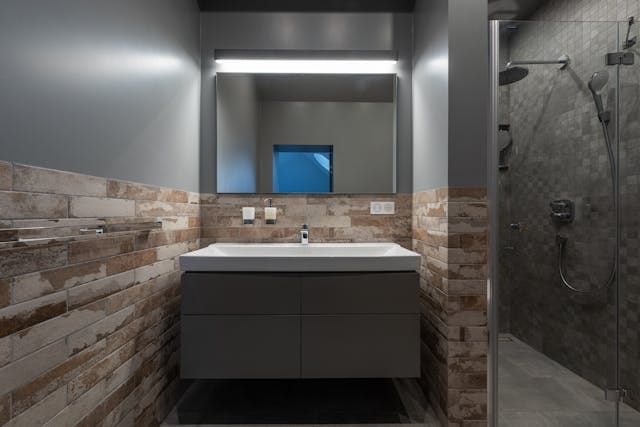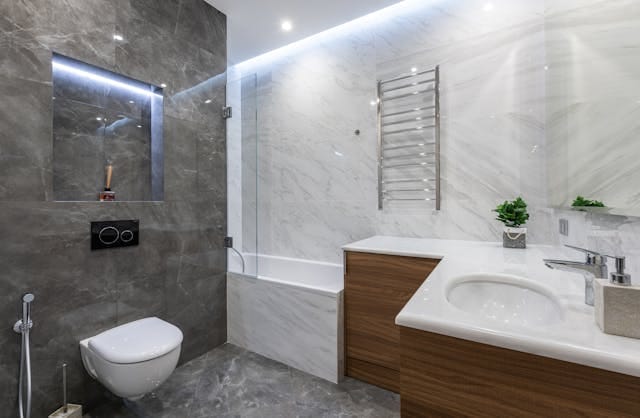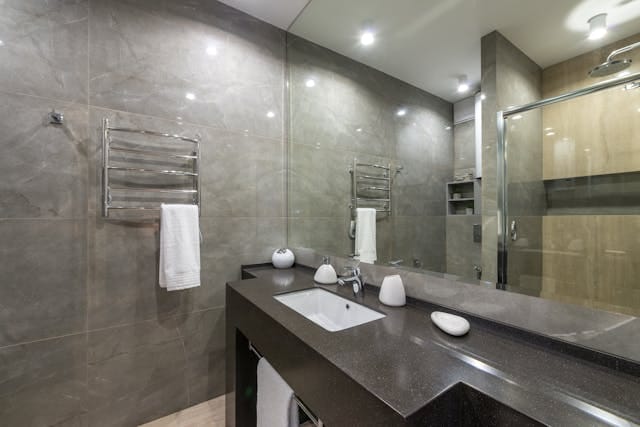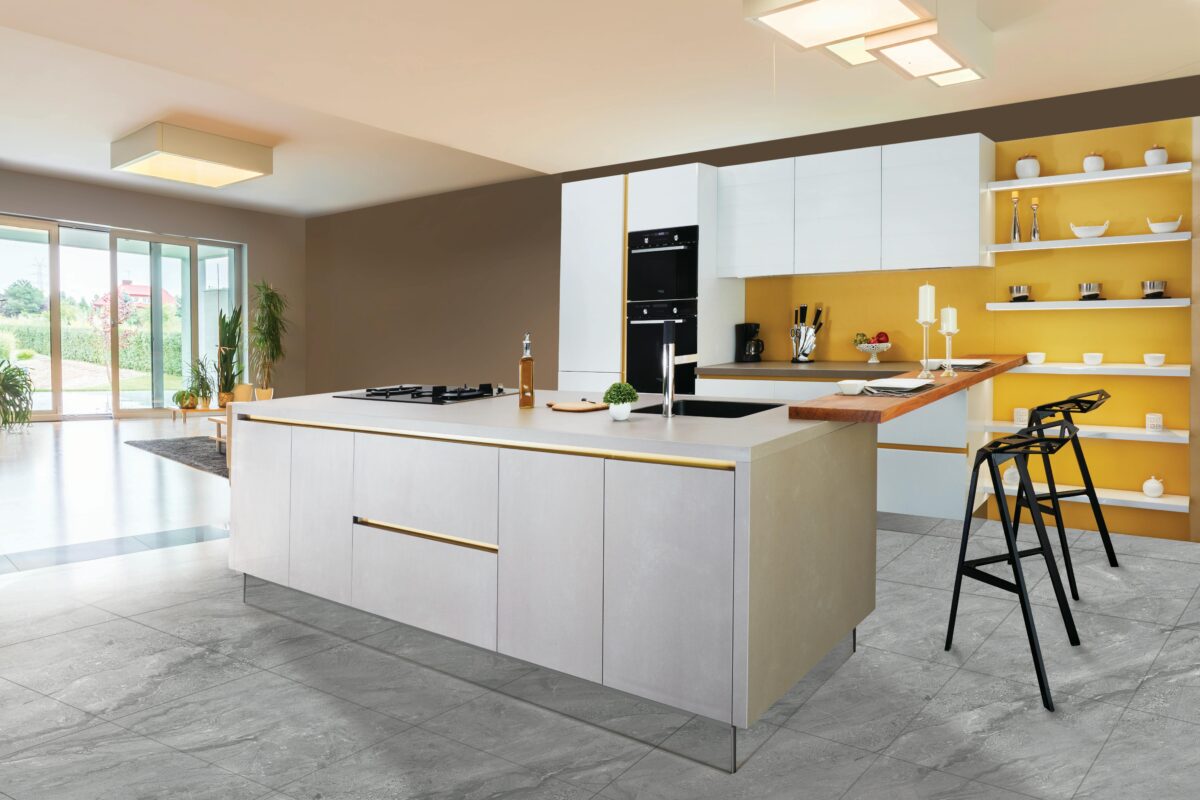In the world of outdoor remodeling, few debates are as common—or as data-backed—as the fiberon vs trex question. Both brands dominate the composite decking market, but when homeowners look for hard evidence on performance, longevity, and cost-efficiency, the numbers tell a clearer story.
Below, we analyze key metrics drawn from lab tests, warranty data, and long-term homeowner surveys to see how each brand truly performs.
1. Composition & Engineering Data
Fiberon: 94% recycled materials (wood flour + plastic polymers)
Trex: 95% recycled materials (plastic film + reclaimed wood)
Both brands score highly for sustainability, but their internal structures differ. Trex employs a three-sided capped composite for improved UV stability, while Fiberon’s co-extrusion process adds an extra protective layer on all four sides, reducing potential for moisture intrusion.
Independent testing by DeckTech Research Group found Fiberon’s water absorption rate at 0.7%, compared to Trex’s 1.2%, suggesting slightly better resistance to swelling in humid conditions.
2. Structural Integrity & Load Performance
The Building Material Standards Institute (BMSI) tested flexural strength across leading composite deck products:
| Brand | Average Load Capacity (lbs/ft²) | Noted Deformation at Max Load |
|---|---|---|
| Fiberon | 280 | Minimal (1.3 mm) |
| Trex | 260 | Slight (1.6 mm) |
While the difference is modest, Fiberon’s higher density contributes to its stronger load capacity—an important factor for decks supporting heavy furniture or hot tubs.
Contractors confirm that top composite deck brands like these deliver consistency across large installations, but Fiberon’s denser build often means longer saw blade life and tighter fastener grip.
3. Colorfastness & Fade Resistance
Trex’s pigments undergo a proprietary ColorFade+ process that limits discoloration. In fade testing under simulated sunlight over 2,000 hours, Trex showed a 3% fade variance, while Fiberon registered 5%.
In practical terms, Trex maintains a slightly more uniform hue over time, especially in darker tones.
4. Cost Analysis
Based on 2025 retail averages:
| Product Line | Material Cost (per sq. ft.) | Average Installed Cost | Warranty |
|---|---|---|---|
| Fiberon Good Life | $4.50 | $10–$13 | 30 years |
| Fiberon Concordia | $5.75 | $12–$16 | 40 years |
| Trex Enhance | $5.25 | $11–$15 | 25 years |
| Trex Transcend | $6.50 | $14–$18 | 50 years |
Over a 25-year life span, Fiberon decks cost 8–12% less overall when factoring materials and maintenance. However, Trex offers double the warranty length on premium models, which can increase resale appeal.
5. Maintenance & Environmental Efficiency
Maintenance frequency was another metric examined. Both require cleaning two to three times annually, but Trex’s smoother surface accumulates slightly less debris.
In energy efficiency scoring (measured by lifecycle carbon output), both ranked nearly identical—Fiberon at 6.1 kg CO₂/m² and Trex at 6.3 kg CO₂/m².
Homeowners integrating sustainable materials—like pairing their deck with home parquet tile project indoors—can reduce total embodied energy by reusing offcuts and recycling scraps during construction.
6. Warranty Claim Statistics
Warranty data collected from national distributors showed Fiberon’s claim rate at 0.7%, while Trex’s stood at 0.9%—both remarkably low. Most claims stemmed from installation errors, not product failure.
Key Takeaway
From a purely numerical standpoint, Fiberon edges out slightly in structural strength and water resistance, while Trex wins in color retention and extended warranty coverage. The decision often depends on your priorities—performance vs. appearance longevity.
For the most accurate results, compare local climate data, foot traffic expectations, and your desired design style. Either way, today’s composites deliver a far more sustainable, low-maintenance decking solution than natural wood ever could.
